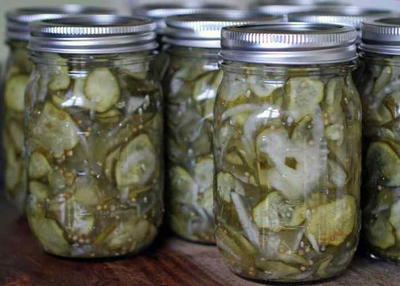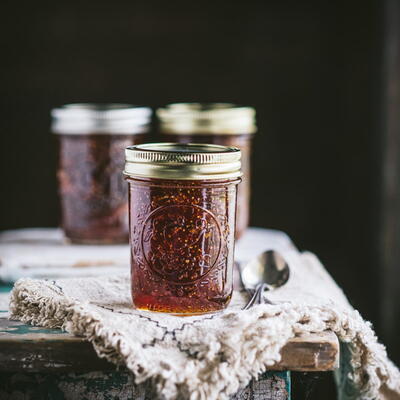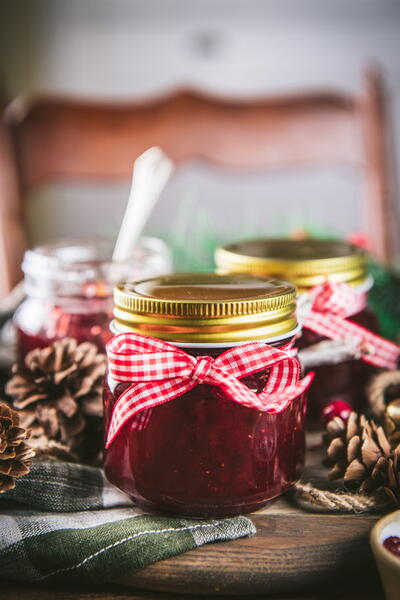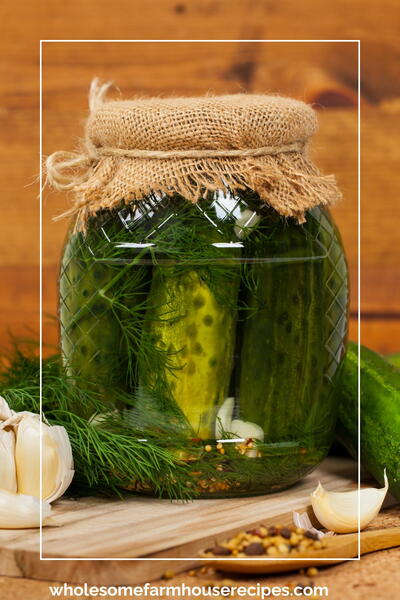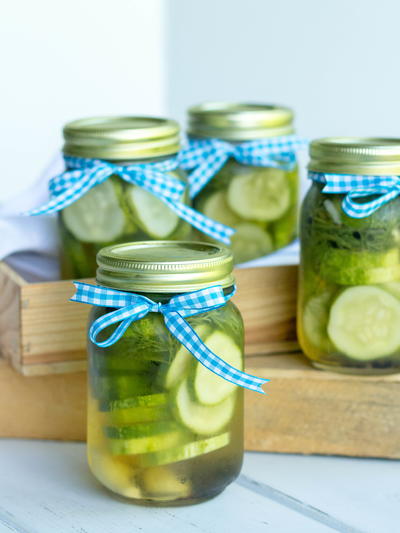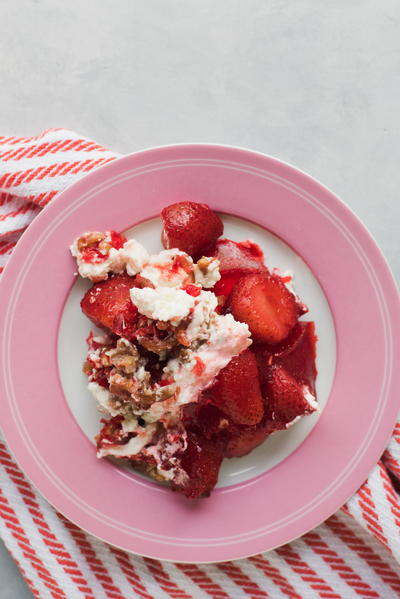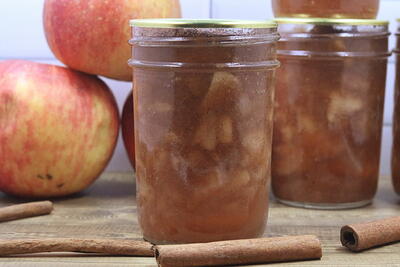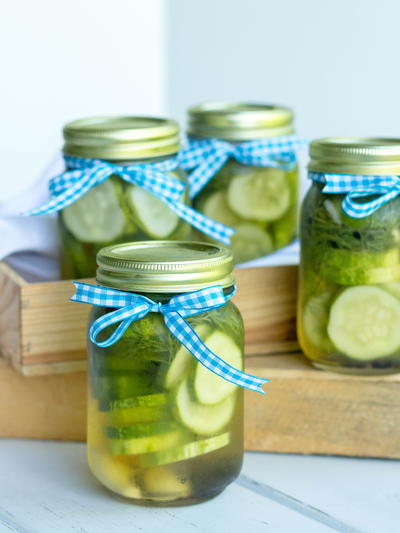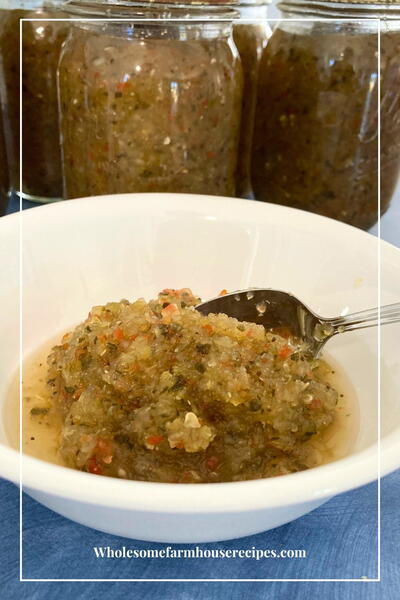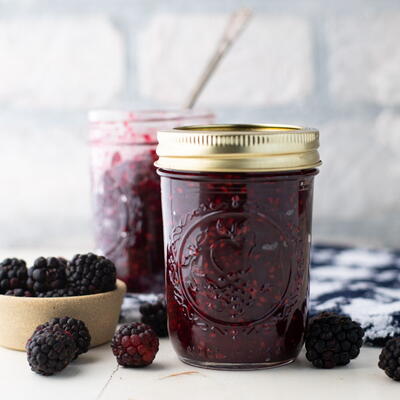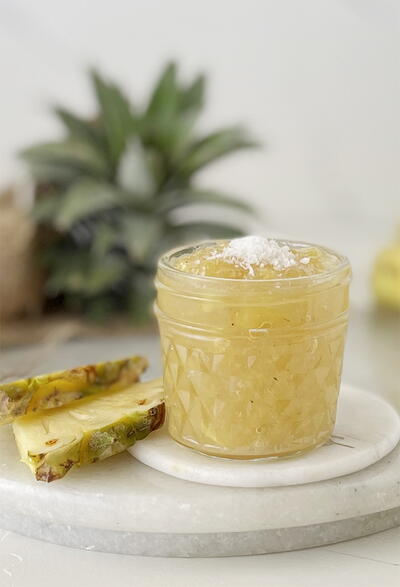Israeli Style Pickles
Ingredients
- about 1 kg carrots
- 3 green bell peppers
- 2-4 chilies, preferrably fresh
- 1 head garlic
- 1 bouquet fresh dill
- about 1 litre water
- 1 tablespoon salt
- 1 1/2 litre glas jar or similar
Instructions
Rinse the carrots thoroughly, peel them if you like, then slice them (1/2-1 cm slices) into a basin with cold water and a dash of lemon so that they will keep crisp and well-coloured while you're working. Rinse the peppers and seed them, then dice them so that they harmonize with the size of the carrots. If you use fresh chili you will need to rinse the pods and make a slit from one end to the other, you can leave the seeds inside. You can use dry chili as is. Peel the garlic cloves. Rinse the dill thoroughly and remove any yellowish leaves. Mix all the vegetables in the lemon water, then strain and put into a glass jar. Finally add the weak salt brine so that all of the veget- ables are covered and seal the jar. Place the jar on a warm, not hot, spot. The fermentation will most likely start already on the first day, sometimes within a few hours, but latest on the second day. Lacto- bacilli naturally present on the vegetables will metabolize some of the carbohydrates, producing carbon dioxide and lactic and acetic acids. It's a Good Idea(tm) to loosen the lid briefly once every few days so that the carbon dioxide can escape, lest you want the jar to burst from the built-up pressure. The production of acids will lower the pH and together with the lack of oxygen will prevent growth of other, and potentially harmful, bacteria. During the process of fermentation the brine becomes milky because of the abundance of lactobacilli feasting in the jar, this is how it is supposed to be. After some 2-3 weeks' time the fermentation will stop automagically because the pH is too low and because of lack of readily available carbohydrates. The lactobacilli will die and sink to the bottom of the jar. You can now eat the vegetables although they will develop a better taste if left to themselves for at least a couple of additional weeks. So long as the jar hasn't been opened the contents will keep firm and crisp for at least a year. After opening it will keep for a month or so refrigerated. Sometimes you will experience a very weak "post- fermentation" once the jar has been opened, this is okay. A couple of times in the past 15 years I have seen the garlics turn bluish-green (the same way sunflower seeds can sometimes turn greenish in cakes with eggs and bicarbonate), this will not affect the taste nor the edibility of the vegetables. You can use kvushim (meaning "pickles", pronounced "kuh-vooh 'sheem") in soups, in salads, with meat dishes, in pita,s as a snack and please don't limit yourself to using carrots and peppers. I have successfully fermented e.g. green beans, beet roots and cucumbers (each type of vegetable on its own). If you have access to vine leaves they are just *great* with the cucumbers (throw in some green grapes too!), in which case you would want to omit the dill. Leaves from the blackcurrant bush are also good. Cucumbers made this way are truly delicious in gazpacho, btw. Forget about cabbages, though, and find yourself a good recipe for making genuine sauerkrat instead, cabbages just don't turn out well this way. Experiment with the amount of garlic and/or chili -- try also other kinds of vegetables available at your place.
Read NextApple Pie Jam Recipe

